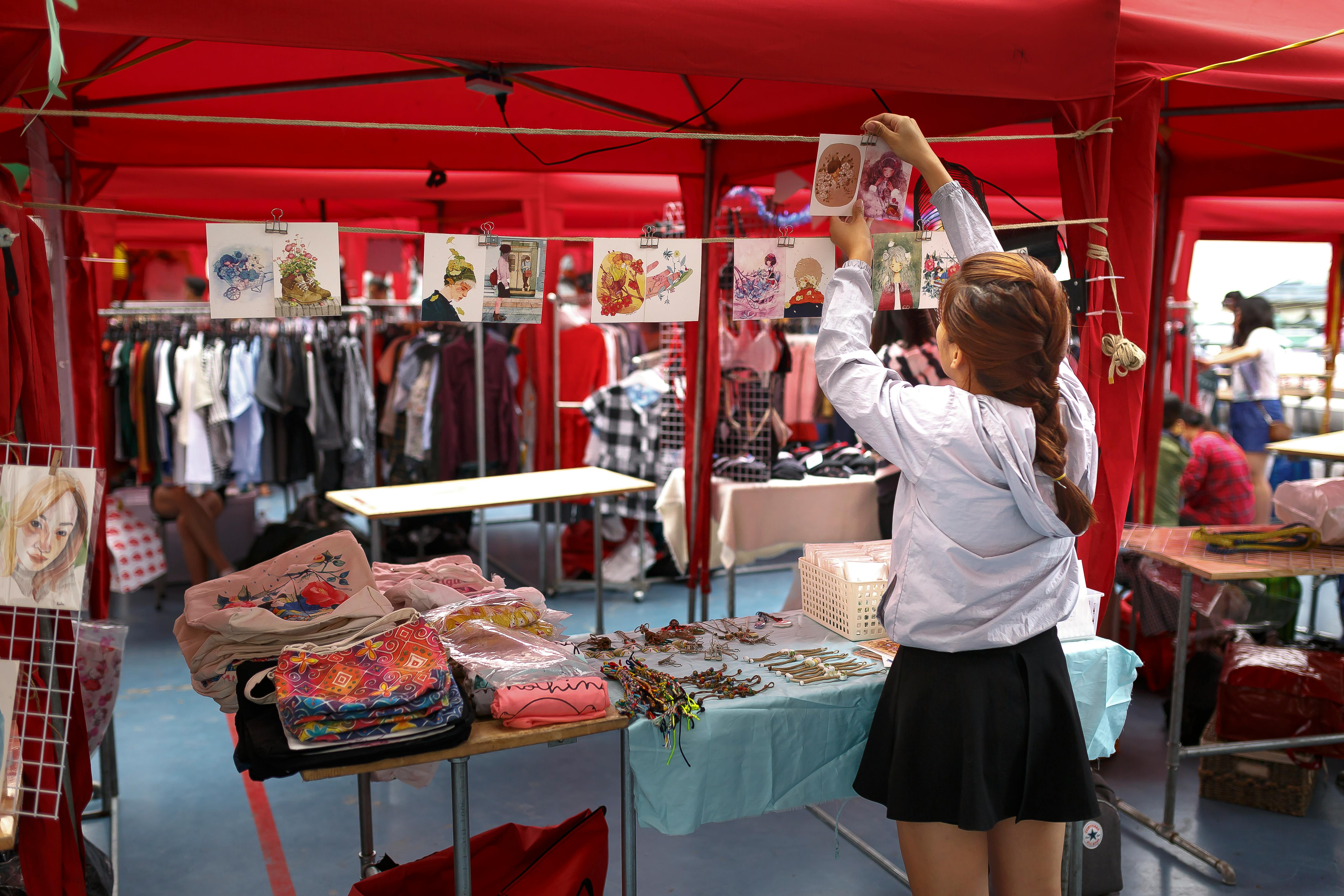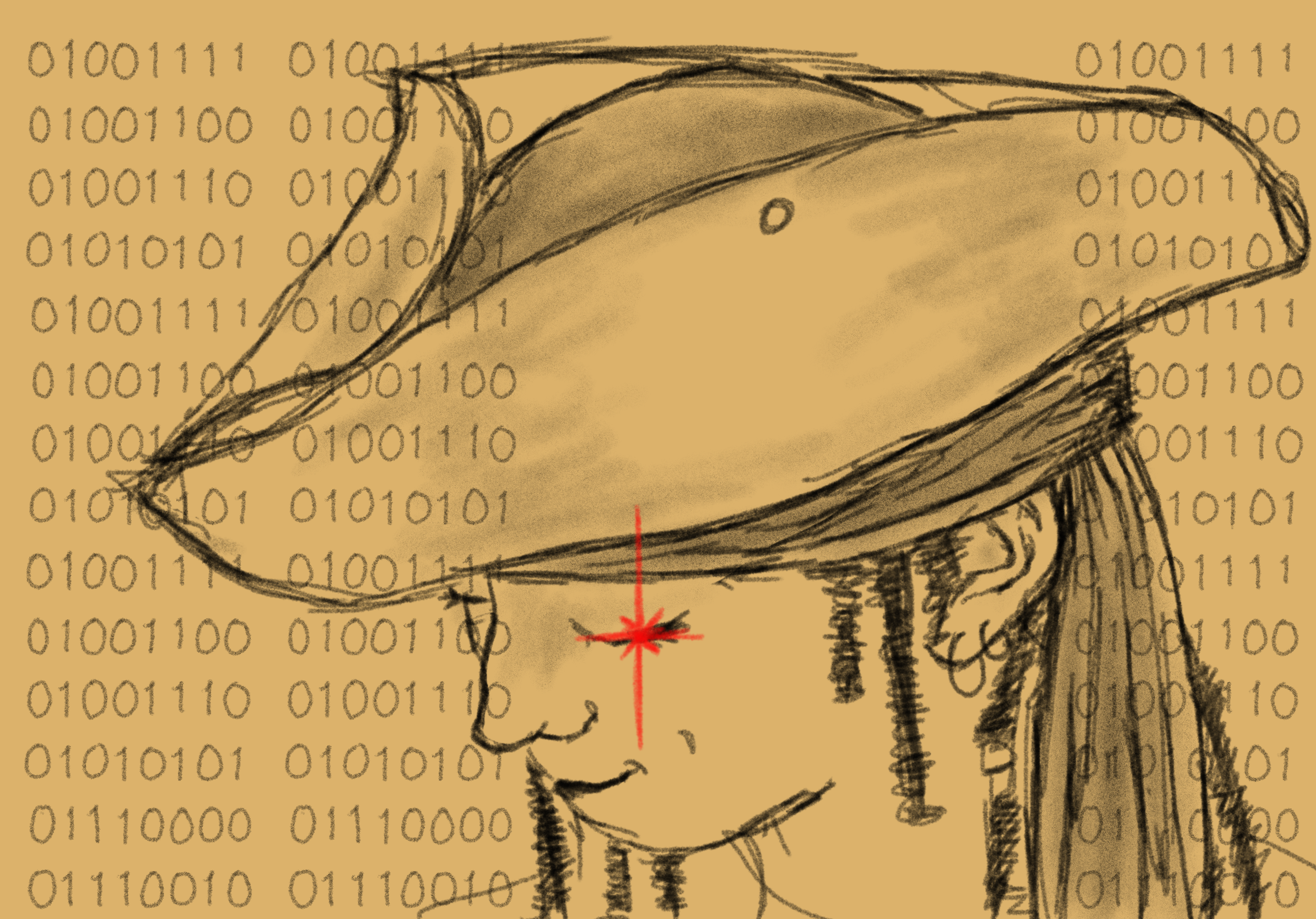
Vanessa Mercedes Figueroa is a multidisciplinary artist living and working in Vancouver, BC. Her work as an artist, activist, and woman of colour explores politically driven protest art through sculpture and photography. Focusing especially on political events and considering feminist theory, her goal is to create a visual response and evaluation of current events affecting marginalized groups. Ultimately, she aims to set the tone for the current sociopolitical period and to prompt re-evaluation and critical reflection. Here, The Phoenix spoke to Vanessa about her practice and her thoughts on current discourses related to race and identity.
1. What are you currently working on?
Currently, I am working on a series titled Peluda, meaning “Hairy” in Spanish which includes installation, photography, performance and collage throughout the series. These works focus on the cultural connotations as a Hispanic woman revolving around hair. Until this last year, I have always had long, dark, thick, token Hispanic, curly hair to my waist, which has been a huge part of my identity since I was a teenager. However, it has since begun falling out and left me with thin, short hair. Despite this lack of hair on my head in the last year, my legs, arms and face continue to grow dark, thick hair, creating an internal contradiction about hair and femininity. Having long hair has always made me feel powerful and feminine, but having thick leg hair and thick eyebrows like my father’s, do not. These are some of the feelings and cultural connotations explored in my works.
2. How does your personal identity influence your work?
A majority of my work revolves around identity politics and considers my placement in the world as a Hispanic woman who, in many ways, has been displaced from my Salvadoran culture. While I speak Spanish at home and walk through the world in an “othered” body, being a first-generation “Canadian” as a guest on Squamish, Musqueam, and Tsleil-Waututh land, there is a displacement as someone living in a perpetual in-between—I am too Latina for Canada, yet not Latina enough for El Salvador.

3. How have the recent widespread protests and discourses surrounding race/culture affected you/your work or both?
They have not necessarily impacted my work so much in the sense that, as a non-Black person of colour, I don’t consider it my place to make art about the lived experience of others, but as a creative I think we do have a duty to amplify melanated voices, not just now but always, by using our platforms.
4. What changes would you like to see at UBCO/in Kelowna in regard to racism/discrimination against minorities?
As I mentioned earlier, I am now living and working out of Vancouver, BC. I was at UBCO for the first three years of my degree but chose to leave. Being a person of colour and making politicized work in white-dominated spaces often results in something called “the room of silence”. This is something which was brought forward in a documentary by the Rhode Island School of Design and focuses on the lived experience of people of colour making work about identity in these white-dominated spaces and often not receiving feedback, or getting proper critiques in an art school setting, while work which isn’t political made by others in the class will receive feedback in critique settings. And this isn’t just a thing at UBCO, but it is something that can happen anywhere. I think a change I would like to see made in the BFA program is different approaches to the critique process, and professors listening to students when they come forward about how the critique process isn’t working.




